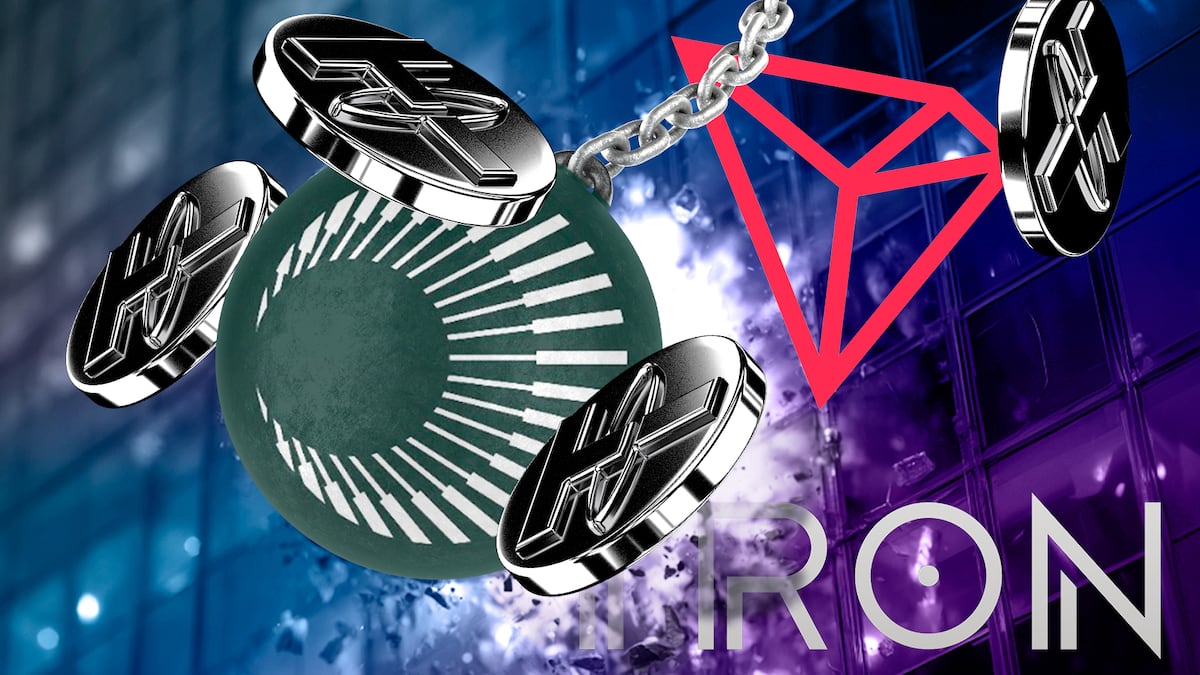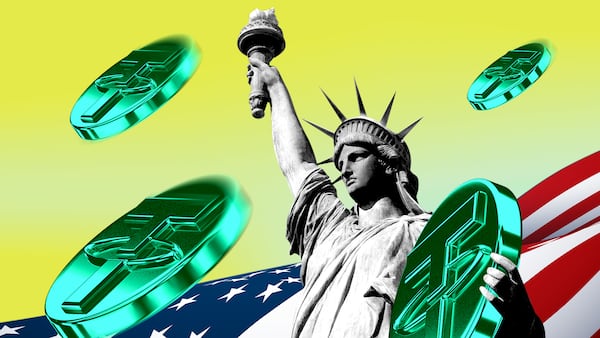- Bitfinex will soon launch Plasma, a blockchain offering zero-fees for transfers of Tether's USDT stablecoin.
- The Tron blockchain stands to lose the most, say analysts.
- Other blockchains are also vulnerable.
Tether’s USDT will soon get its own blockchain called Plasma, which plans to draw in users by offering zero fees on transfers of the stablecoin.
That’s a problem for Tron, the blockchain which currently hosts the majority of USDT in circulation, according to crypto bank Sygnum.
“Tron’s revenue dominance comes almost entirely from its outsized share of USDT transfers,” the bank’s analysts said in a third-quarter investment outlook report. “This dominance may come under pressure as Tether launches its Plasma chain.”
Two other analysts who spoke to DL News also said Tron’s position in the stablecoin market is at risk from the coming Plasma launch.
Tron DAO, the crypto collective that oversees the Tron blockchain, didn’t respond to a request for comment.
Bitfinex’s Plasma move
Backed by Tether sister company Bitfinex, Plasma is already making waves.
The blockchain recently raised $373 million selling its native XPL token, and is set to go live with $1 billion worth of deposits.
The development comes as stablecoin issuers like Tether increasingly look to capitalise on stablecoin usage as well as issuance.
Tether reported a $4.9 billion profit in the second quarter, mostly generated by the US treasuries the firm uses to back the $164 billion worth of USDT in circulation.
Yet it’s blockchains like Tron that benefit when holders use USDT for transfers or in decentralised finance.
Plasma is positioned to tap precisely into this aspect of the stablecoin business.
And it’s not just Tether looking to capture more of the value created by its stablecoin.
In April, rival stablecoin issuer Circle announced its own in-house payments network for its stablecoin, USDC.
Gap in the market
Tron hosts $81 billion of USDT, and handles 60% of all stablecoin transfers.
While the majority of volume comes from rich users who hold many millions of dollars worth of crypto, it is also popular with users in developing countries. This demographic uses stablecoins as an alternative to unstable local currencies for everyday payments.
“The popularity of Tron is 100% mixed up with the popularity of Tether,” Nader Dirany, co-founder of brokerage Buy Bitcoin Lebanon, previously told DL News.
Much of Tron’s success stems from its early lead in emerging markets and its integrations with Binance, the world’s largest crypto exchange, Amir Hajian, a researcher at crypto market maker Keyrock, told DL News.
“The bigger danger is thinner liquidity, not lost revenue.”
— Paige Horinek, analytics lead at Serotonin
Plasma is following a similar playbook to try and replicate Tron’s success, Hajian said. Bitfinex’s support of the blockchain will give it the potential to scale USDT liquidity, much like Binance did for Tron.
To add to Tron’s woes, users have become more sensitive to the network’s rising fees in recent months. They have more than doubled to over $7 for USDT transfers, creating a gap in the market for competitors.
Different impacts
Tron isn’t the only blockchain Plasma could siphon USDT from. Ethereum, which hosts $67 billion worth of the stablecoin, is at risk too.
The two blockchains face different risks, according to Paige Horinek, analytics lead at Serotonin.
She told DL News that a scenario where Ethereum loses 30% of USDT use to Plasma could cost the blockchain $230,000 to $370,000 in lost fees every day. Tron, on the other hand, stands to lose $1.6 million to $2.1 million per day in missed TRX token burning.
However, the impact might be felt more on Ethereum as the network is currently inflationary, meaning that it issues more new Ether tokens than are burned to pay for transactions.
Conversely, Tron mints less than it burns, so its supply keeps shrinking, Horinek said.
“The bigger danger is thinner liquidity, not lost revenue.”
Hajian, however, isn’t convinced Plasma will steal much USDT use from Ethereum.
For one thing, Ethereum’s power users are less sensitive to high fees because most of them are professional money managers, institutional investors, or high-net-worth individuals.
These users like Ethereum because of its long track record of uptime and security.
It will take time for Plasma to build trust and credibility, Hajian said. “In the near term, it’s unlikely to threaten Ethereum’s revenue or institutional edge.”
Tim Craig is DL News’ Edinburgh-based DeFi Correspondent. Reach out with tips at tim@dlnews.com.








